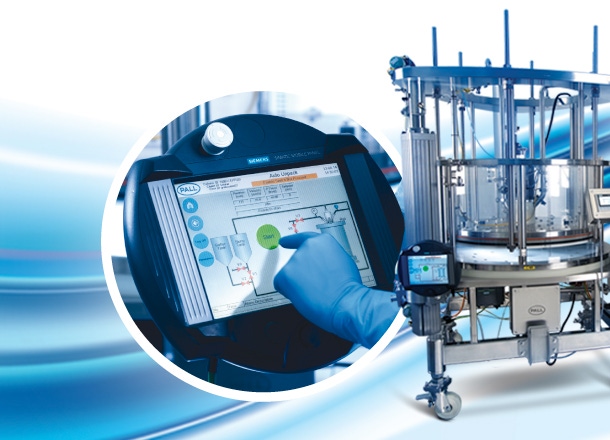Voices of Biotech
Podcast: MilliporeSigma says education vital to creating unbreakable chain for sustainability
MilliporeSigma discusses the importance of people, education, and the benefits of embracing discomfort to bolster sustainability efforts.
July 7, 2015

Sponsored by Cytiva
Chromatography is often the most critical step in biopharmaceutical downstream processing because of its role as the engine for separating impurities from target biologics. The most demanding operation in production scale chromatography is typically packing the column in a way that ensures first time success and a validation result which meets the batch record standards. Traditionally column packing has been the responsibility of a few specialist operators and has been regarded almost as an art by most observers. When the artistry fails, the results can be unplanned plant downtime, loss of product or sorbent as well as inefficient use of resources.
To mitigate these risks the biopharmaceutical industry is moving toward a more science-based approach. The key is automating the key operations involved in preparing a column for production. Existing semiautomated packing technology typically only automates portions of the process, leaving considerable potential for operator error. Another limitation of some existing technologies is that the piston movement is controlled in only one centrally placed axis, creating the potential for skew that can cause packing failures and in extreme cases damage the column. This is a risk which is heightened during fully or semiautomated operation where an operator may not be present.
The latest generation of automated packing technology addresses these challenges by fully automating the packing, unpacking and clean-in-place processes and controlling the piston with multi-axis control to prevent or detect skew conditions. Learn how a multinational vaccine company has successfully moved from manual packing methods to a fully automated packing platform. As a result, the company forecasts an increase of packing success rate from 62% to 99% and is on track to reduce labor costs by 35%, on average.
You May Also Like